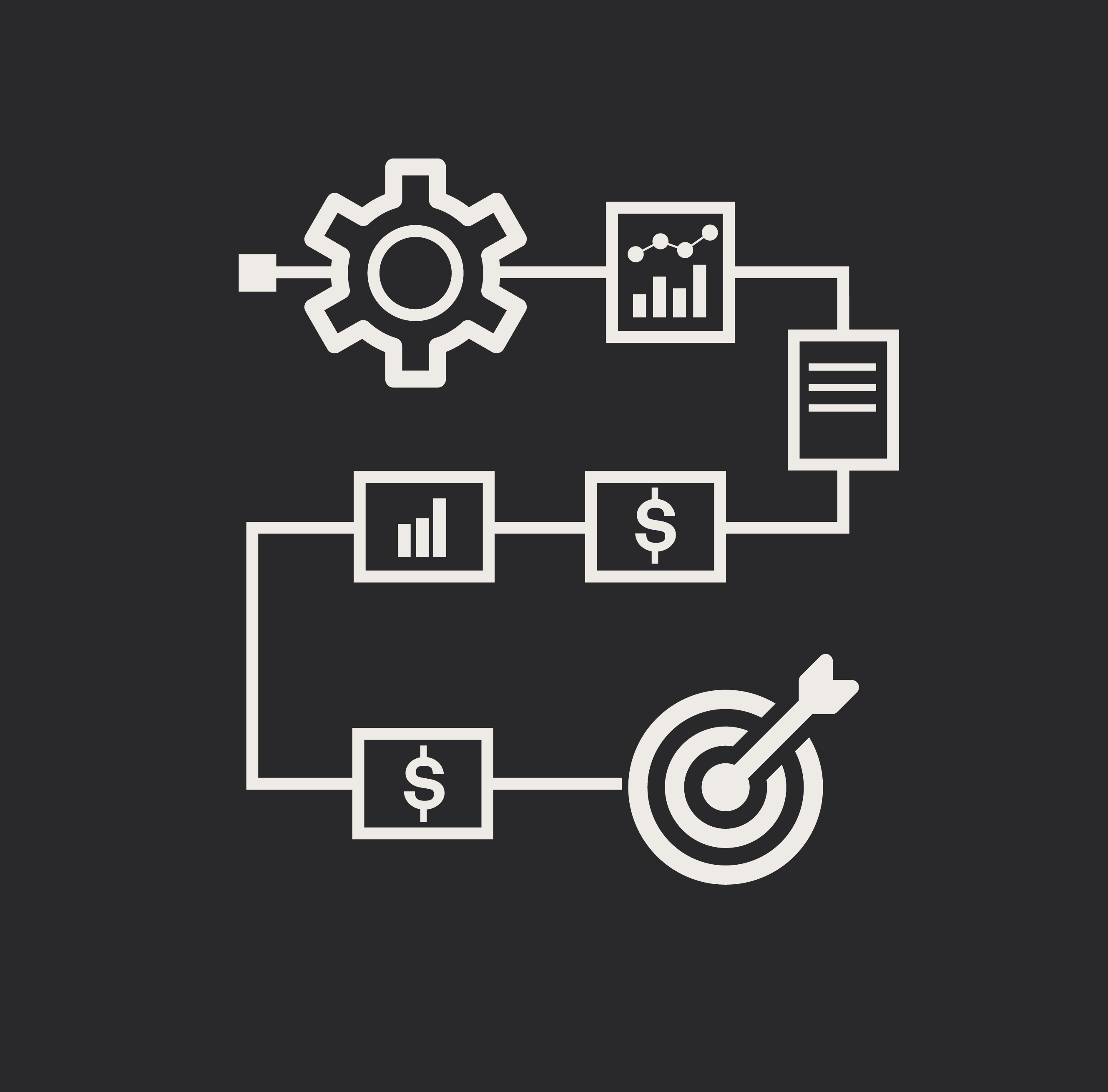Diagram Views
AI + Content KPIs: Measure Value, Not Noise
Chris Osterhout SVP of Strategy#Digital Marketing, #Industry Insights, #Artificial Intelligence (AI)
Published on October 21, 2025

Stop counting clicks and AI outputs. Measure efficiency, quality, trust, adoption, and impact to prove content drives outcomes, not noise.
Efficiency Is Only Step One
Every conversation about AI starts with efficiency. Does it save time? Can we do more with the same resources? Those are fair questions, but they are only the beginning.
Real measurement looks at the time and effort behind the work. If it used to take twelve days to publish an article and now it takes five, that is progress. If editing time drops by forty percent, even better.
But speed without impact is still waste. The next question is whether that efficiency improves performance.
Quality and Performance
Efficiency proves the system works. Performance proves the content does. Look at metrics that show if AI is making your work more effective: conversion rate, engagement depth, scroll time, or lead quality. If an AI-personalized page converts fifteen percent higher than your standard version, that is evidence it is doing real work, not just filling space.
Still, performance numbers only matter if the content is accurate and dependable. Without trust, even the best metrics fall apart.
Accuracy and Trust
AI can speed things up, but it can also get things wrong. A single hallucinated claim or outdated statistic can destroy credibility. Accuracy has to be part of the scorecard.
Track factual corrections, verified source use, and error reduction over time. If your revision rate drops from thirty percent to five, you are not just faster, you are more reliable.
Once teams trust the outputs, adoption becomes easier to build. That is where AI moves from a tool to a habit.
Adoption and Integration
Many AI projects fail quietly, not because the technology is bad but because no one uses it. A platform only matters if people trust it enough to make it part of their daily work.
Measure how often teams use AI, how satisfied they are, and how long it takes new users to ramp up. If eighty percent of your content team now uses AI weekly and onboarding time has dropped from ten hours to three, that is cultural progress, not just technical deployment.
Adoption is the bridge between potential and performance. Once in place, you can measure what leadership cares about: impact.
Impact: The Only KPI That Matters
Every executive conversation ends with the same three questions. Did it drive revenue or leads? Did it improve customer experience? Did it make us more efficient?
That is where AI either proves its worth or fades into novelty. Impact metrics connect all the dots: growth, retention, and cost reduction. Maybe AI recommendations lifted eCommerce revenue by six percent, or support response times were cut in half. Those are the numbers that justify investment.
Everything else is just motion.
A Framework That Holds Up
Think of measurement as a ladder:
- Efficiency: Are we faster?
- Quality: Is what we made any good?
- Trust: Can we rely on it?
- Adoption: Is anyone actually using it?
- Impact: Did it make a difference?
Each step depends on the one before it. Without quality, speed is meaningless. Without trust, quality does not hold. Without adoption, nothing changes.
Try This Next Week
Open your last report and cross out every metric that does not tie to customer behavior, revenue, or efficiency. What is left is what actually matters.
Then ask where AI fits. Where is it saving time, improving performance, or building trust? If you cannot draw that line, you are tracking activity, not progress.
Conclusion
AI should make your content more effective, not just more frequent. The teams that win will measure how it improves outcomes, not how many outputs it creates. When your KPIs tell that story, the numbers finally mean something.
Related Articles
Results Matter.
We design creative digital solutions that grow your business, strengthen your brand and engage your audience. Our team blends creativity with insights, analytics and technology to deliver beauty, function, accessibility and most of all, ROI. Do you have a project you want to discuss?
Like what you read?
Subscribe to our blog "Diagram Views" for the latest trends in web design, inbound marketing and mobile strategy.


